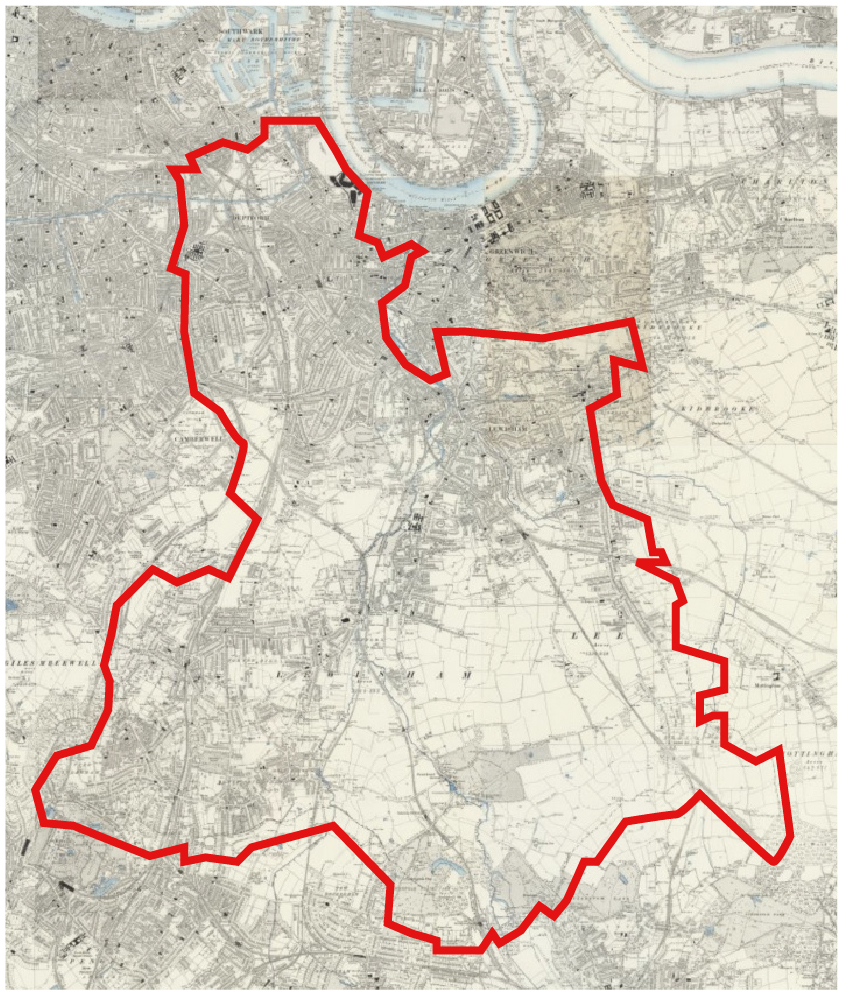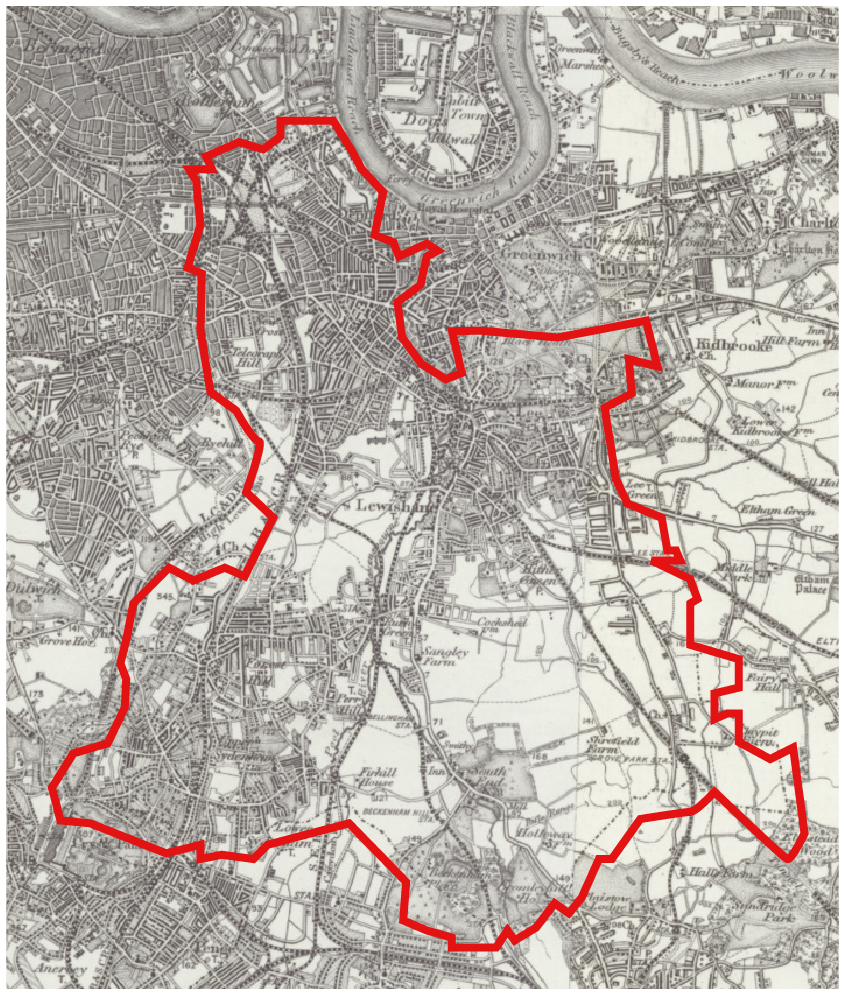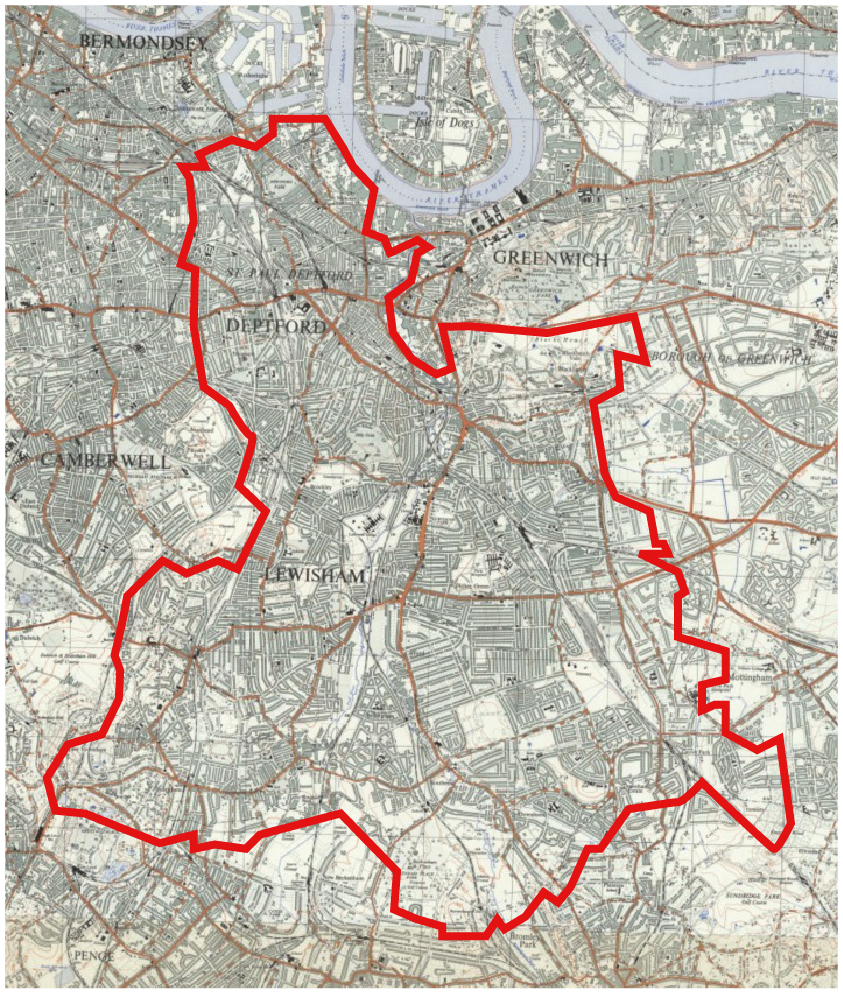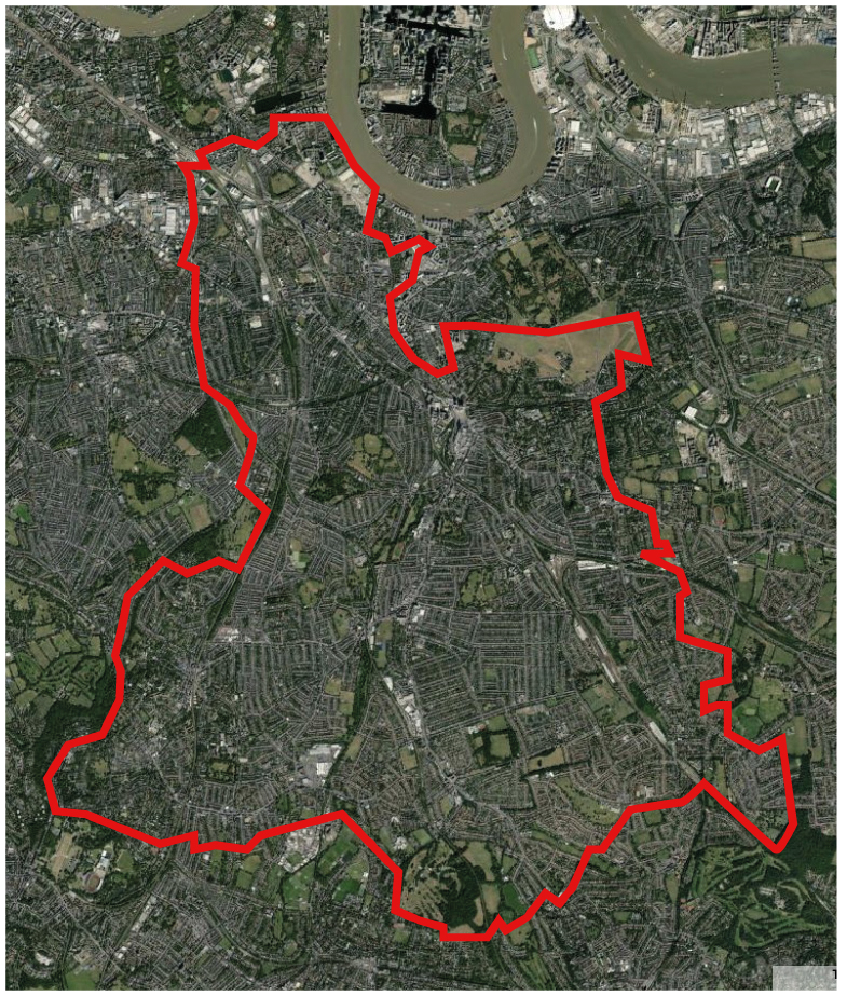4. Evolution of the Borough
4.1. The evolution of Lewisham’s suburbs
London’s suburbs have evolved over the past century and a half, and those in Lewisham form an essential part of this story.
Victorian development usually comprised a mix of terraced houses, often along key routes, and estates of large detached houses for a growing middle class.
Later, twentieth century inter-war development saw the arrival of large areas of suburban housing. Predominantly this manifested itself as the ubiquitous semi-detached suburban houses of the period, though parts of the borough, such as Bellingham and Downham, feature suburban terraces.
Since 1945, evolution has continued, through the construction of new homes, often in larger blocks, as well as extensions and alterations to existing homes.
In addition, Lewisham has pioneered different development types, such as those on infill or backland sites, and on difficult sites such as Walter’s Way and Segal Close.
Development proposals coming forward today are part of the ongoing evolution of the suburbs. This evolution and growth will continue, whether or not it is planned.
This document sets out a vision for development and intensification of small sites as an intrinsic part of this growth. Its aim is to ensure that the suburbs develop sustainably, and in ways that enhance the quality and character of Lewisham’s neighbourhoods.




